How to Mint an NFT – Beginner’s Guide to NFT Minting
Please note that we are not authorised to provide any investment advice. The content on this page is for information purposes only.
Please note that we are not authorised to provide any investment advice. The content on this page is for information purposes only.
The NFT market has grown exponentially in the past few years, making it easier than ever for people to get involved and make investments. However, some people may even wish to mint their own NFTs and sell them on a reputable trading platform – which can prove to be a lucrative endeavour if done correctly.
This guide will discuss how to mint an NFT in detail, reviewing the top NFT marketplaces right now and presenting a step-by-step guide showing you how to mint NFTs easily – all from the comfort of your own home!
Table of Contents
If you’re interested in NFT minting, then you’ll be glad to know that the process is relatively simple, with only five steps you need to follow. Presented below is our quick guide on how to mint NFTs, which can be completed entirely from your laptop or computer.
If you’re looking to buy NFT crypto or mint your own NFTs, a crucial part of the process is finding a reputable NFT marketplace to partner with.
Found below are reviews of five top marketplaces that allow NFT minting, ensuring you’ve got all the information you need to mint effectively.

Launched in 2017, OpenSea offers users the ability to purchase a vast range of NFTs from over 150 different categories. These categories include art, collectibles, trading cards, and more.
When it comes to NFT minting, OpenSea makes the process exceptionally easy. The platform has a dedicated developer tutorial that shows users how to build a tradeable NFT from scratch, which can be completed in just a few hours.
Furthermore, OpenSea supports ‘lazy minting’, which essentially allows users to avoid hefty GAS fees by only listing the NFT on-chain once it has been sold.

In terms of fees, OpenSea allows users to create NFTs for free at any time. The only fee that OpenSea charges is a 2.5% transaction fee when your item sells – so if you sell an NFT for $1000, you’ll be charged $25. Finally, you can even set a ‘creator fee’ of up to 10%, allowing you to earn royalties every time your NFT sells on the OpenSea marketplace!
Pros
Cons
67% of retail investor accounts lose money when trading CFDs with this provider.

Another marketplace option if you’re looking to invest in NFTs or mint NFTs is Rarible. Rarible is an NFT marketplace launched in 2020 that has grown to become one of the largest in the space.
One of this platform’s most appealing aspects is its user-friendly interface, which allows users to explore a vast range of NFT categories, including digital art, music, photography, and even memes.
If you’re a complete beginner wondering how to mint an NFT, then Rarible makes sure the entire process is streamlined. All that’s required is a Web 3.0 wallet (such as Metamask) and some ETH, which users can purchase from reputable exchanges like eToro. Rarible allows free minting of NFTs, although there are fees that apply to list and sell.

These fees are based on the blockchain used, with Ethereum’s fees tending to be the highest. Users can also opt to mint their NFTs on the Flow blockchain; however, buyers of your NFTs will have to have a wallet linked to this blockchain to purchase it.
Notably, Rarible even offers ‘free minting’, which allows the buyer to cover the associated selling fees, saving you money in the long term.
Pros
Cons
67% of retail investor accounts lose money when trading CFDs with this provider.
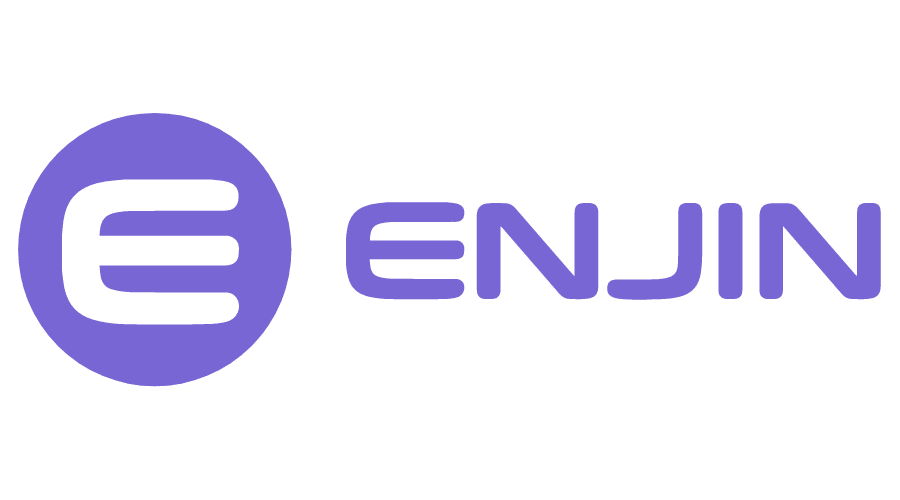
If you are someone who tends to buy cryptocurrency regularly, you may have heard of Enjin already. Enjin is an Ethereum-based crypto that is used as collateral for blockchain assets.
The crypto is used in many blockchain-based games to convert in-game items into tradeable tokens. After rising in popularity in recent years, Enjin has recently launched its own NFT marketplace.
According to Enjin, the marketplace has over 1.1 billion blockchain assets to discover, with over 3.2 million items having already been traded through Enjin. All NFTs listed on the marketplace are denominated in ENJ, which is the native token of the Enjin network.
Furthermore, since Enjin is designed to allow synchronicity between blockchain games, all of the items on the marketplace are in-game items from platforms such as Lost Relics and Falcon Project – although there are a few art NFTs too.

In terms of fees, Enjin charges a flat 2.5% fee when you sell an NFT on their platform. You’ll also have to pay network transfer fees, which are determined by how busy the network is at that time.
However, if you are a total beginner, Enjin allows you to create NFTs with no coding experience and using a simple to follow visual interface – and even allows you to send NFTs to others via QR code!
Pros
Cons
67% of retail investor accounts lose money when trading CFDs with this provider.
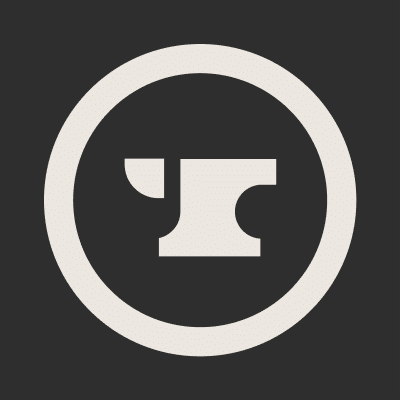
Forge is an exciting NFT marketplace built using the Terra network that aims to be entirely decentralised. In case you aren’t aware, Terra is the world’s 9th largest cryptocurrency, with a market cap of over $25bn, according to CoinMarketCap.
Although Terra is primarily a blockchain protocol that focuses on providing stablecoins to revolutionise traditional payment systems, it has also provided a medium for platforms like Forge to operate.
Forge has not yet fully launched but aims to offer the first version of their platform sometime during Q1 2022. As most NFTs are stored on the Ethereum blockchain, Forge will provide a unique system whereby users can ‘wrap’ their Ethereum-based NFTs and port them over to the Terra blockchain.
Furthermore, since Forge will be structured as a Decentralised Autonomous Organisation (DAO), the platform will be completely owned and governed by its users.

At present, there isn’t much information on the specific fees that Forge will charge, as the platform has not officially launched. However, a recent blog post on Medium noted that Forge intends to offer low costs for people interested in NFT minting since the Terra network is cheaper than Ethereum.
Pros
Cons
67% of retail investor accounts lose money when trading CFDs with this provider.

The final marketplace worth considering if you’re looking to mint and sell NFT tokens is Proton Mint. Proton Mint is an NFT marketplace built on the Proton blockchain, which boasts the capacity to handle over 3000 transactions per second (TPS). The network is entirely open-source and is designed exclusively with NFTs in mind.
Proton aims to smooth the NFT creation process by offering a sleek interface that enables users to mint NFTs as quickly as possible. Notably, Proton also provides its own crypto wallet, allowing users to import in BTC or ETH and wrap them within the wallet’s interface.
In terms of NFT categories, Proton currently offers a massive range of digital art, with featured NFTs from collections such as CrypFennecs and Proton Ghosts.

Proton also excels when it comes to fees, as there are no GAS fees to purchase NFTs on the Proton blockchain. NFT minting costs equate to only a few cents, paid in XUSDC – which is USDC wrapped on the Proton blockchain. Finally, Proton even offers cross-chain bridges with Ethereum, allowing integration with ERC-20 tokens.
Pros
Cons
67% of retail investor accounts lose money when trading CFDs with this provider.
So, what is NFT minting? Put simply, NFT minting refers to the process of turning a digital asset into a token that can be held on the blockchain. This process ensures that the asset in question cannot be replicated and is impossible to delete.
Once an NFT is minted, the owner can list it on NFT marketplaces and sell it, monetising their creation.
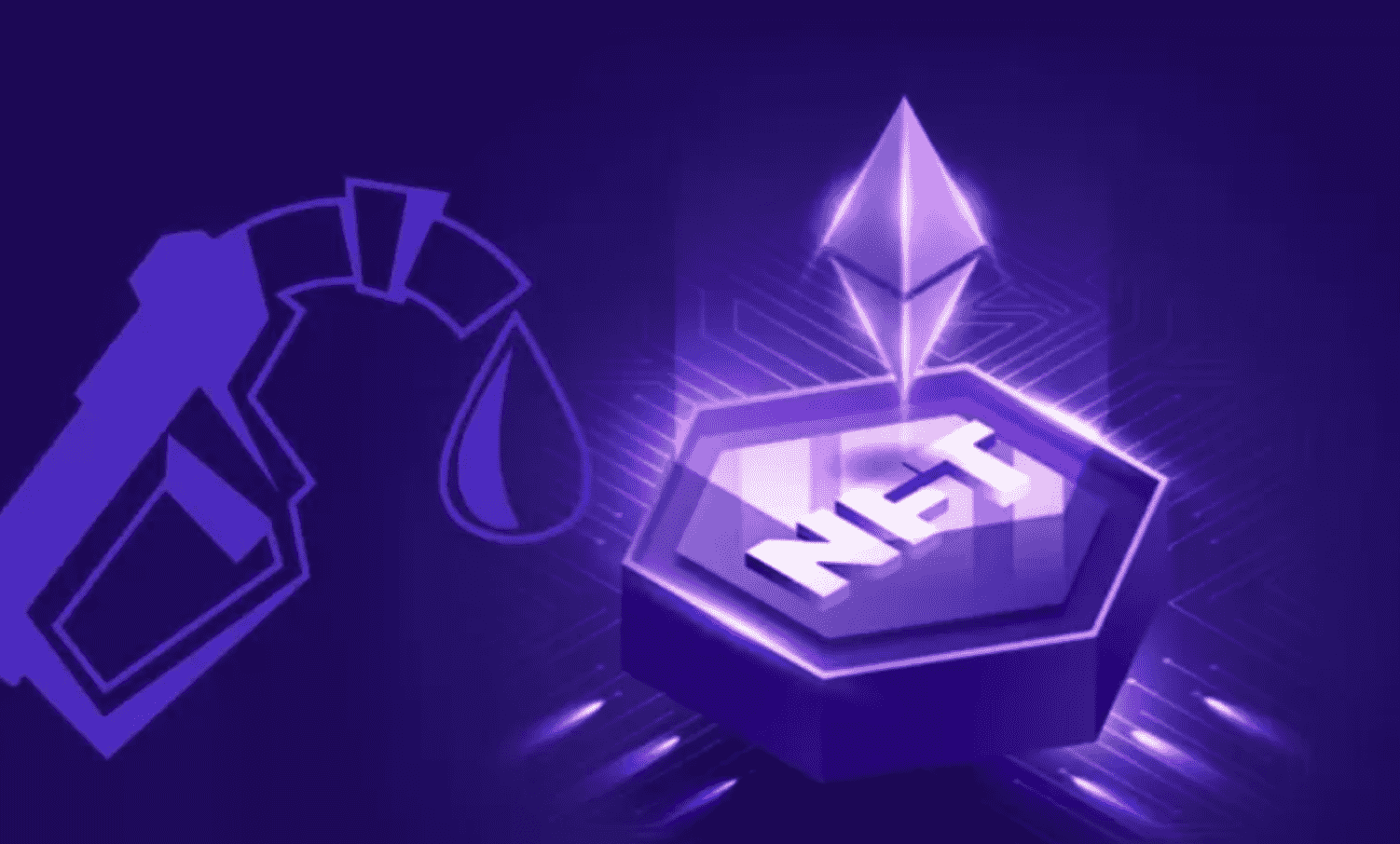
The process of getting an NFT explained to you can seem confusing at first, although it basically permits full ownership of a unique digital asset that cannot be copied.
Many huge NFTs have been minted and sold over the last year, with ArtNet noting that an NFT called ‘The Merge’ was sold for a total of $91.8 million!
Due to this rise in popularity of NFT trading, most NFT marketplaces will now allow users to mint their own NFTs in just a few clicks. All that’s usually required is a crypto wallet and some crypto (usually ETH) to pay for associated network fees, and you’re good to go!
Before we round off this guide, let’s take a look at how to mint NFTs in detail.
Found below are the six steps you need to take to mint and list your first NFT with a reputable marketplace – all of which can be completed from the comfort of your own home!
The first step you need to take when NFT minting is partnering with a reputable NFT marketplace. As noted earlier, numerous marketplaces offer NFT minting facilities, although our recommended two would be OpenSea or Rarible. These platforms have stellar reputations within the NFT trading space and offer users low fees to mint NFTs.
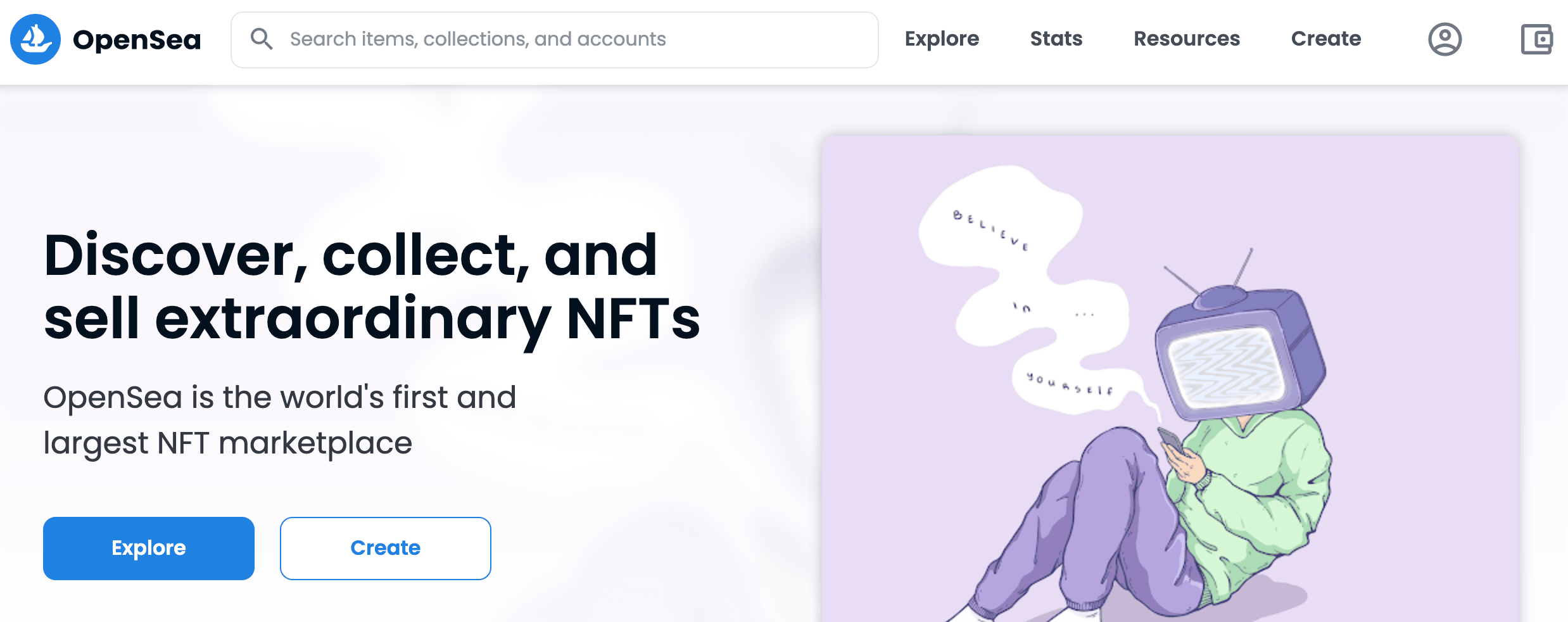
Once you’ve chosen an NFT marketplace, the next thing to do is choose a crypto wallet. Choosing between the best Ethereum wallets can be tricky, although we’d recommend sticking with Metamask or the Coinbase Wallet since they are free, easy to use, and are supported by most NFT marketplaces.

Once you’ve set up your crypto wallet, head over to the NFT marketplace you’ve chosen and connect it to the platform. This can usually be done via QR code or by downloading the wallet app to your computer.
Now it’s time to create your NFT! This is the step where you can let your creative freedom run wild and design a digital asset that you’re happy to list for sale. People can use numerous software applications to create NFTs, although Adobe Illustrator (along with other Adobe products) tends to be the most widely used.
Before you list your NFT, you’ll have to buy Ethereum, which is used to cover GAS fees. These fees are charged by the Ethereum network when you conduct a transaction and are based on the network congestion when the transaction occurs.
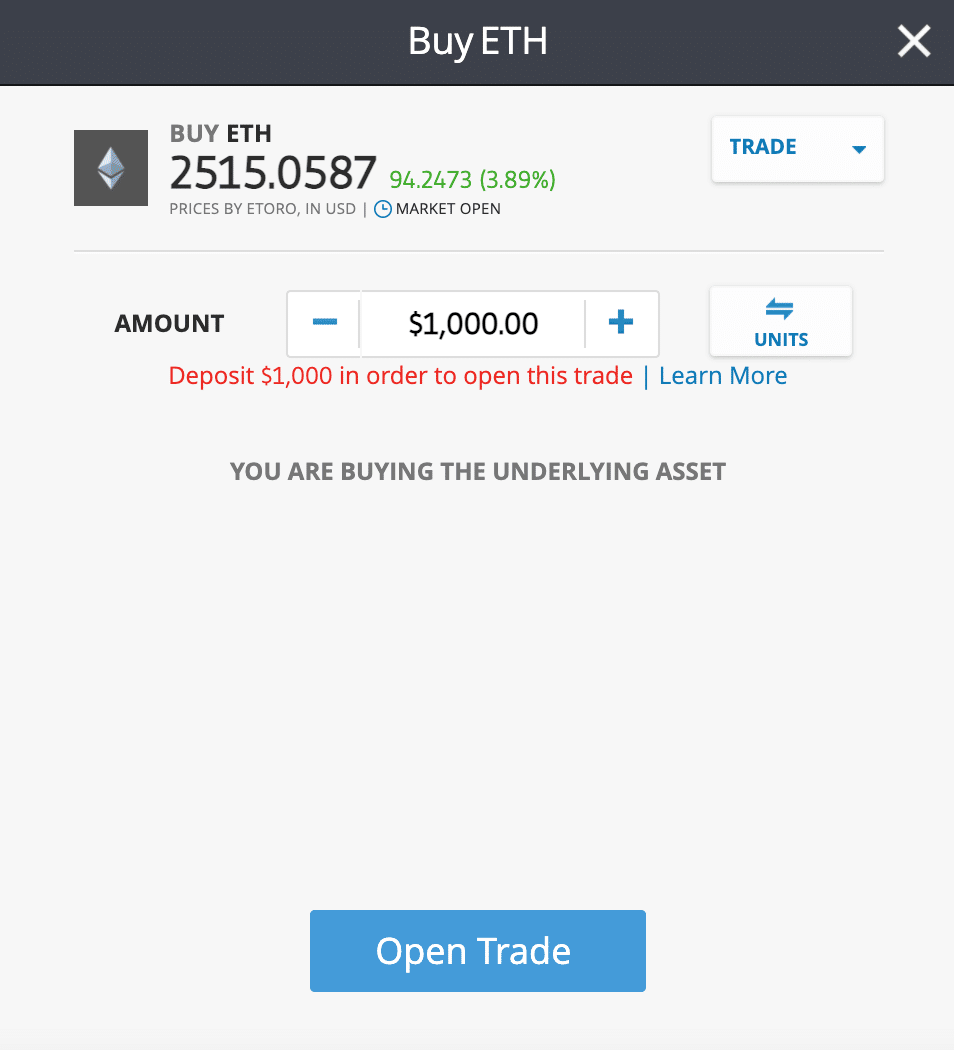
We recommend using eToro to buy ETH, as you can set up an account in minutes and make deposits from as little as $10. Furthermore, eToro also offers a free crypto wallet, which you can use to send your ETH to the wallet that is connected to your NFT marketplace account.
Now it’s time to list your NFT. The steps can vary slightly depending on the marketplace you’ve chosen, although they tend to follow a similar structure. Here are the steps that need to be taken to list on OpenSea and Rarible:
Congratulations, your NFT is now listed! After listing, you can engage in marketing efforts to build up ‘buzz’ around your NFT, which can translate into higher sales prices. You could even create more similar NFTs to produce a collection, which may also increase the amount that your NFTs could sell for.
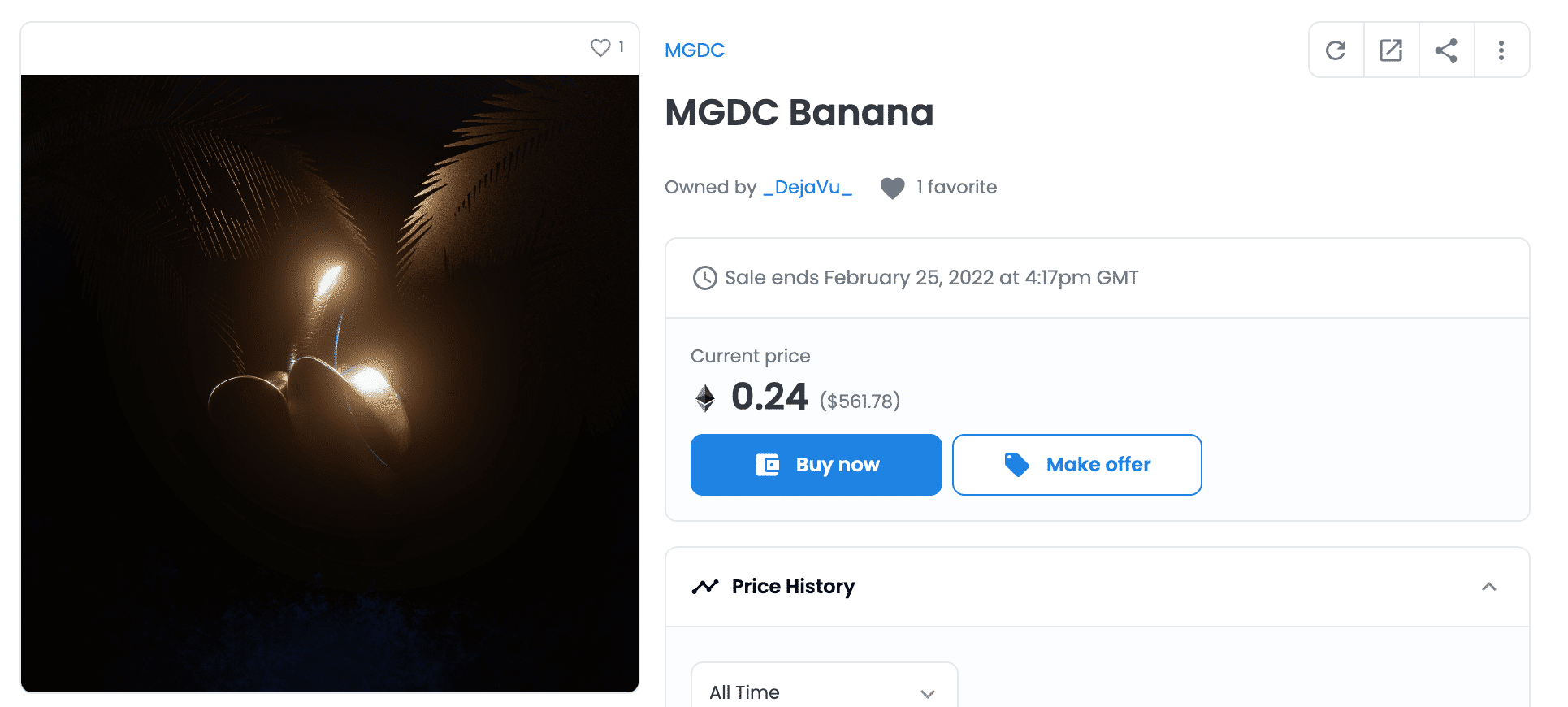
To summarise, this guide has discussed how to mint NFTs in detail, highlighting the best NFT marketplaces available and presenting a detailed guide on how to mint your first NFT.
By reviewing the information presented in this guide, you’ll have everything you need to know to begin the NFT minting process – allowing you to monetise your digital assets quickly and easily.
Since you’ll require some ETH to pay the GAS fees associated with listing your NFT, we recommend creating an account with eToro. eToro allows users to buy ETH with no commissions and only a small spread, from as little as $10 per trade. What’s more, since eToro is heavily regulated worldwide, you can be sure that you’ll be trading as safely as possible.